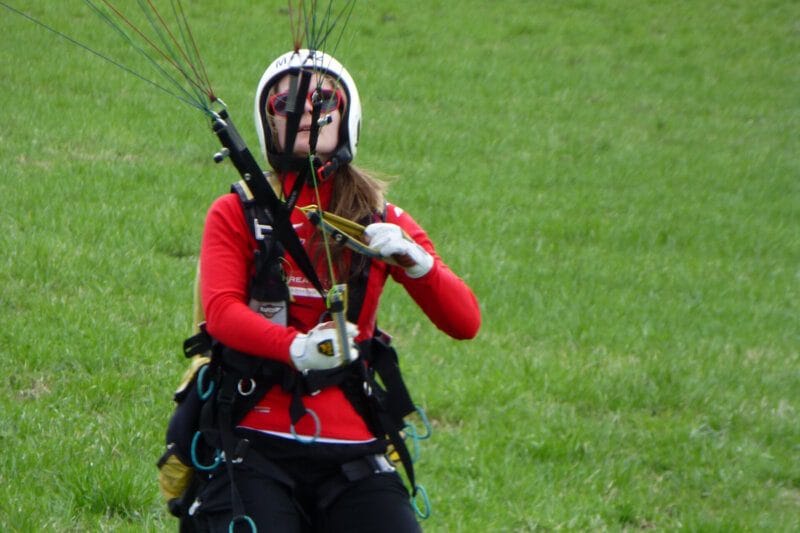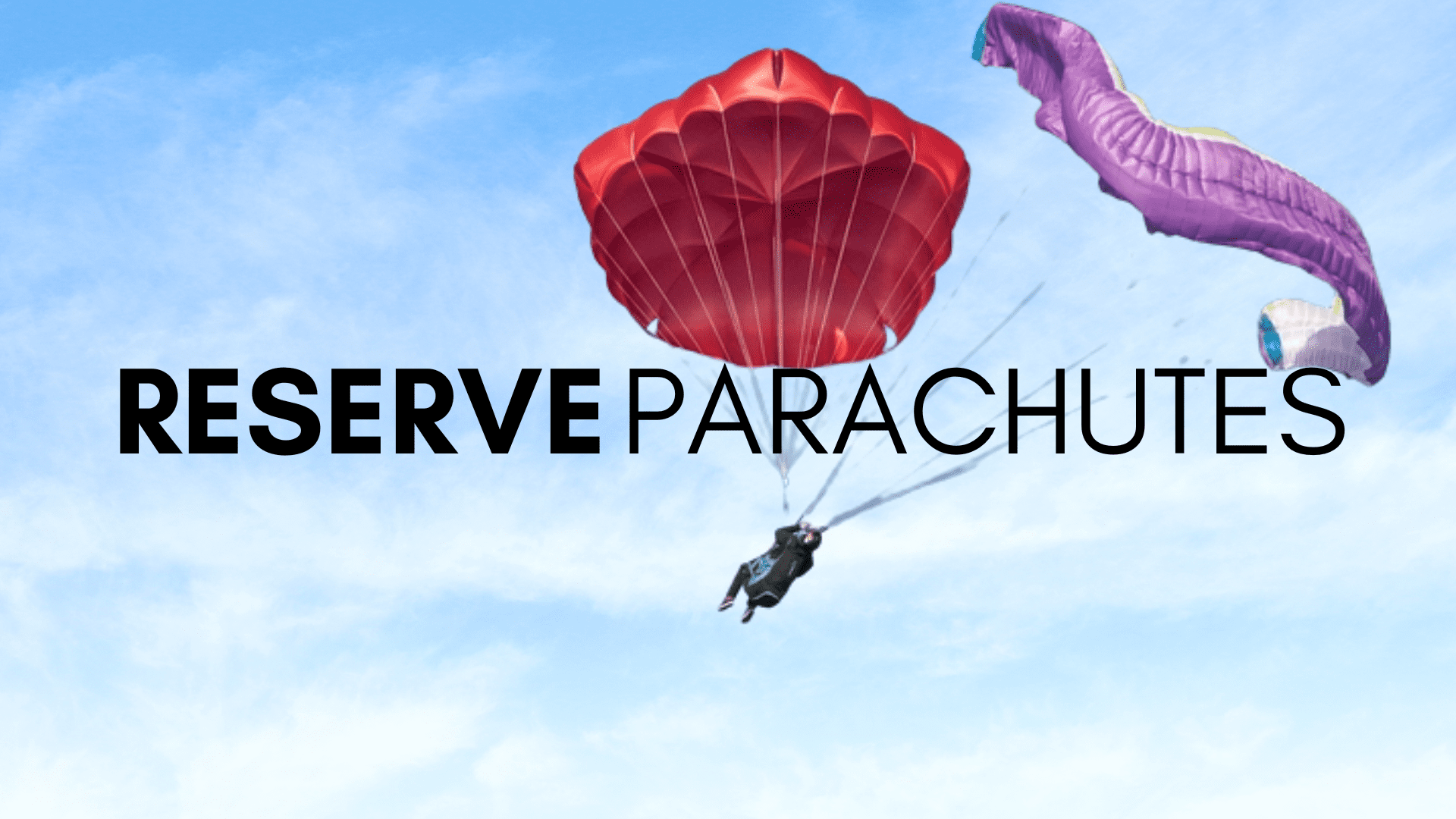
Is It Worth the Risk? How Safe Is Paragliding in 2025
Is It Worth the Risk? How Safe Is Paragliding in 2025 As you sit on the beach and look to

Paragliding is not just a thrilling adventure sport; it’s a journey of personal growth and progression. As you gain experience and master the basics, the time will come to spread your wings and explore new possibilities. In this blog post, we’ll delve into the world of paragliding wings for progression, helping you navigate through the myriad of options available. Whether you’re a budding pilot or an intermediate pilot, choosing the right wing is crucial for your continued advancement. Join us as we uncover the best paragliding wings for progressions and explore the reasons behind their superiority.
When it comes to selecting paragliding wings for progression, several key factors should be taken into account:
a) Certification: Look for wings that are certified by recognized organizations like the EN (European Norm) or DHV (Deutscher Hängegleiter Verband). These certifications ensure that the wings meet strict safety and performance standards.
b) Experience Level: Identify your current skill level and progression goals. Wings are typically categorized into different classes (beginner, intermediate, and advanced) to match pilots’ abilities and experience.
c) Safety Features: Pay close attention to safety features incorporated into the wing design, such as advanced stability systems, anti-collapse technology, and quick recovery characteristics. These features enhance your overall safety during flight.
d) Performance and Handling: As you progress, you’ll seek wings that offer improved performance and handling. Look for wings that strike a balance between stability, responsiveness, and speed, allowing you to maneuver with confidence.
The Paragliding world ranks wings to make this information easier to review by putting wings in classes. These wing classes are typically labeled as A, B, C, and D wings. These classifications are used to indicate the level of performance and handling characteristics of the glider, with A being the most beginner-friendly and D being the most advanced and demanding. Our next section of our blog will provide a breakdown of the key differences between these classes, highlight some of our favorite wings for each class, and help you to better identify what wing class and wing choice is best for you and your current skill level.
Now that we’ve covered the essential factors to consider, let’s explore how these factors contribute to specific wing classes.
A great article to check out about flying cross country with A Wings can be read here.
These wings are perfect for novice pilots. They have a high safety ranking, and handle with more predictability. Our wing recommendation? The BIRDY glider from Supair is our top glider for beginner paragliders – and a great wing for improving your base skills and taking them to the next level. This glider was designed to help new pilots with their progression. Check out the BIRDY glider here.
These wings typically strike a good balance between performance and safety. They offer enhanced agility, and increased glide ratio, and look for improved handling characteristics compared to full beginner wings. Our wing recommendation? If you’re looking for a good-performance intermediate wing, check out the EPIC here!
This paraglider is great for both someone’s first big flight and a fun all-rounder for seasoned pilots. The easy aspect ratio of 5.0 is the perfect balance between safety and performance. This glider has 42 optimized cells making it simple and increasing its ease of use. The EPIC has an easy pitch profile. Its arc gives it a high degree of passive safety, and allows the pilot to concentrate on flying!
C wings are ideal for pilots who have acquired a solid foundation of paragliding skills and seek a more dynamic flying experience. These wings provide higher speeds, improved performance in turbulent conditions, and increased responsiveness. Looking for a good-performance intermediate wing? We suggest the Helios RS – an awesome C-Class lightweight performance glider. Check it out here.
Higher performance in most cases typically means a less comfortable flight. With the Helios RS’s unique construction, lightweight and increased comfortability no longer needs to mean there will be a sharp drop off in performance over time!
This wing is considered to be a ‘precision tool in the box’, with agile and precise handling, happy in all conditions it will deal calmly and confidently with difficult situations, temperamental thermals, and strong turbulence making it the perfect lightweight glider for all your adventures.
Having a lightweight glider with the Helios RS level of performance, low pack volume, combined with incredible comfort will encourage you to experiment with alternative launch sites and new routes away from the beaten track. And should conditions ever become more demanding, the Helios RS is very easy to control for a glider in the C-class, thanks to the RAST system.
Why do we love the RAST system? Read more about RAST here.
Reserved for experienced pilots, D wings offer exceptional performance, speed, and agility. These wings are designed for pilots who have mastered the skills needed to handle higher wing loads and dynamic flight maneuvers. Looking for a great advanced/expert wing? Check out our Supair SAVAGE here. Supair is one of the leading brands for quality advanced paragliding equipment and wings.
Selecting the right paragliding wing for progression can be a complex task. It’s highly recommended to seek guidance from experienced paragliding instructors or trusted professionals. They can assess your skill level, goals, and flying style to provide tailored recommendations that align with your progression journey.
Before investing in a paragliding wing, consider participating in test flights or demos offered by manufacturers or retailers. This hands-on experience will allow you to assess how different wings perform and handle in real-life situations. Additionally, read reviews from reputable sources or engage with online paragliding communities to gather insights from experienced pilots who have flown the wings you are interested in.
Remember that as you embark on your paragliding progression journey, choosing the right wing is paramount. Consider factors such as certification, experience level, safety features, and performance characteristics when making your decision. Remember, each pilot’s progression is unique, so seek professional guidance, test wings whenever possible, and gather insights from experienced pilots. With the right paragliding wing, you’ll elevate your skills, unlock new horizons, and soar to new heights of exhilaration and achievement.
Still need some help? Learn the ten fundamental steps to becoming a safe paraglider here.

Is It Worth the Risk? How Safe Is Paragliding in 2025 As you sit on the beach and look to

How Much Does a Paraglider Cost? A Realistic Breakdown for Every Budget Are you dreaming of taking off with nothing

Choosing the Right Reserve Parachute: A Comprehensive Guide Paragliding is an absolutely amazing experience! It is an exhilarating sport that
No account yet?
Create an Account